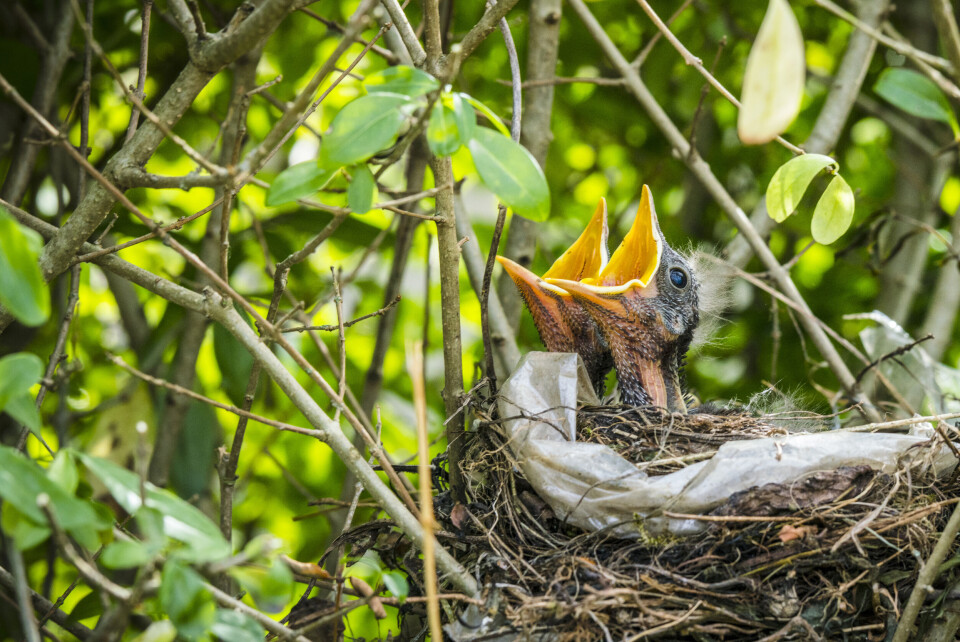-
France’s wild garlic season is here – but foragers should beware toxic lookalikes
Spring brings the fragrant plant to woodlands nationwide. We explain what to look out for
-
White storks make strong return in France via nest ‘platforms’ and clipped wings
The Ligue pour la Protection des Oiseaux shares the conservation challenges in saving these birds from extinction
-
Efforts to reintroduce black vultures in France
Plus, wildlife spotter, Jonathan Kemp, shares his experience of searching for bearded vultures around his home in Aude
Gardeners in France told to stop cutting hedges in bird nesting season
Bird experts share the best time to trim hedging in the north and south of France

Gardeners have been advised to wait a few months before trimming their hedges as birds’ nesting season gets under way.
Avoid trimming hedges or cutting trees between mid-March and mid-August as this is when birds build nests, lay eggs and bring up young, the French Biodiversity Agency (OFB) recommends.
A third of nesting birds under threat
“Hedges are the champions of biodiversity in farming areas,” the OFB said in a statement.
“When they are well managed, they can be home to up to 35 species of mammal, 80 bird species, eight species of bat, 15 reptiles and amphibians, or 100 species of insect.”
Almost a third (32%) of birds nesting in Metropolitan France are threatened with extinction, according to the International Union for Conservation of Nature.
Read more: Plea for French residents not to cut hedges in spring to help wildlife
Best times to prune hedges
The ideal time to make any changes to hedgerows is September-October in the north of France, or November-December in the south.
However, it is not necessary to cut or prune a hedge every year, the OFB insists.
While there are no laws preventing most people doing so, the Common Agricultural Policy does ban farmers from trimming their hedges during this period.
This does not mean there is never any punishment for ignoring advice, as the hedge or tree in question may be housing a protected species.
Read more: Do we need permission to cut down a tree in our French garden?
“As well as birds, old trees can, for example, house bats or protected insects (great capricorn beetle, Alpine longhorn beetle, hermit beetle).
“Destroying, altering or damaging the habitats of protected species is an offence, and can entail strict punishments.”
The Ligue pour la protection des oiseaux recommends letting vegetation develop naturally and keeping dead wood on the ground.
Related articles
Join a bird protection group in France and continue historic tradition
Oiseaux de France goes digital to keep tabs on declining species
Do not destroy Asian hornet nests - new advice from French experts
























